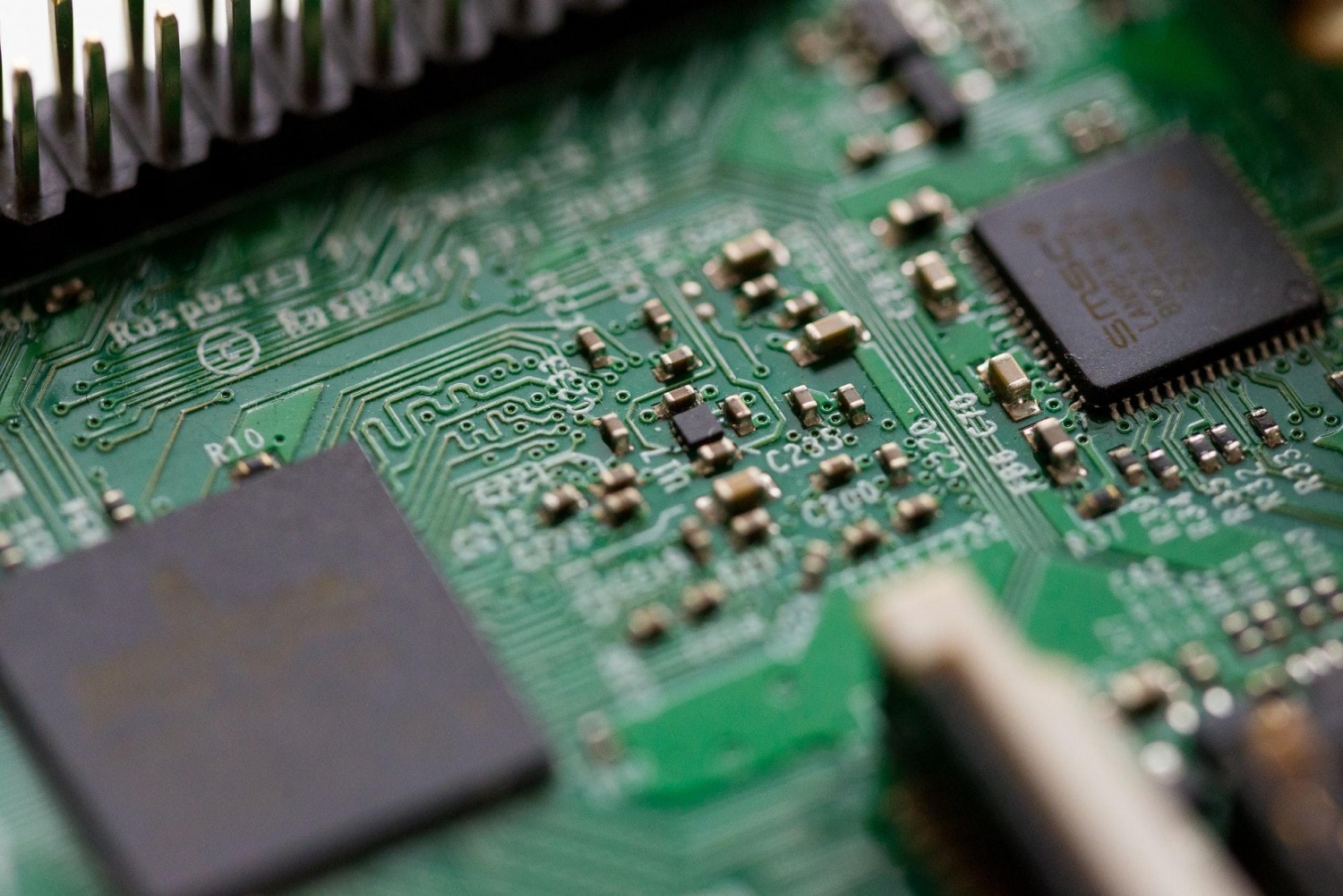
Did you know that some of the world's rarest and most valuable metals are sitting right in your pocket? Precious metals like gold and silver, not to mention other metals like copper, lithium, cobalt, and others, are essential in electronics, computers, smartphones, tablets, medical technologies, power generation, and communications infrastructure.
Gold is highly conducive and doesn't corrode, which has made it a common material in smartphones. It's used as a coating on pins and plugs and in circuit boards. Each individual device only contains a tiny quantity of precious metals, but the technology industry as a whole is a major consumer of gold and silver.
If you're an investor in Canadian bullion, you should know what factors affect gold and silver prices. Let's take a look at how technology impacts bullion prices.
Gold and Silver Demand from Tech and Industry
Most precious metals are still consumed by the jewellery industry and investors. Roughly 5% of the gold market is used in electronic devices or about 320 tons. Over half of all silver produced annually is consumed by industrial uses, with electronics leading industrial uses.
Precious metals differ from other commodities like copper and aluminum in that their prices are not necessarily connected to economic growth and industrial production. Prices are often driven far more by investor sentiment. That's certainly true of gold, but of the two, silver prices are considerably more influenced by industrial demand.
As global supply chains are restored and industrial production picks up pace after predictable declines in 2020, you can expect high demand pressures to continue pushing silver prices higher.
How Much Gold Is Recycled?
There's a finite amount of gold in the earth. In fact, it's already getting harder and harder to find. There are predictions that the world could run out of mineable gold anywhere from 2035 to 2070. Given that humans have been digging the yellow metal out of the earth for thousands of years, that's not very long from now.
Yet we're still throwing tons of gold and silver in the garbage.
It's estimated that for every 1 ton of electronics, there are 350 grams of gold. E-waste is clearly a valuable source of precious metals. But how much of that actually gets recovered?
Only about 17% of e-waste is recovered, along with the precious metals in it. That rate will likely improve as precious metals become scarcer and prices rise, offsetting the high cost of recycling them. However, for now it means that tons of precious metals are being taken off the market, contributing to scarcity.
New Technology That Uses Silver
The big story right now is the use of silver in 5G infrastructure and smartphones, which is the next major technological upgrade happening around the globe. 5G-enabled smartphones are predicted to expand from 240 million units in 2020 to 500 million units in 2021.
5G-related demand for silver is currently at 7.5 million ounces but is expected to rise to 23 million ounces by 2030.
Technology is an important part of the bullion market, and demand is only set to expand. At a time when sources for bullion are shrinking, demand from the electronics market and other technologies will continue to exert pressure on prices.
* This is a contributed article and this content does not necessarily represent the views of techtimes.com









